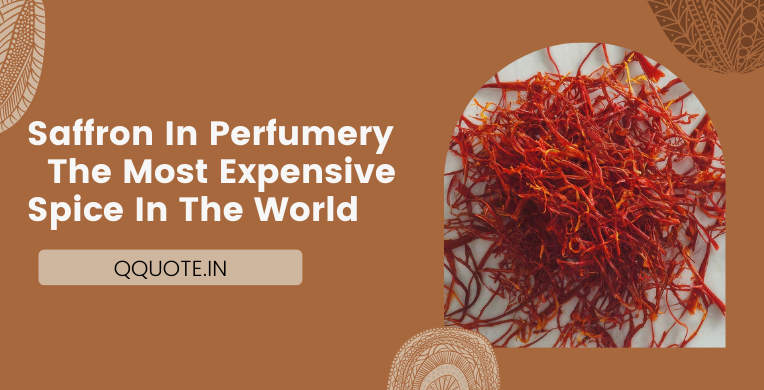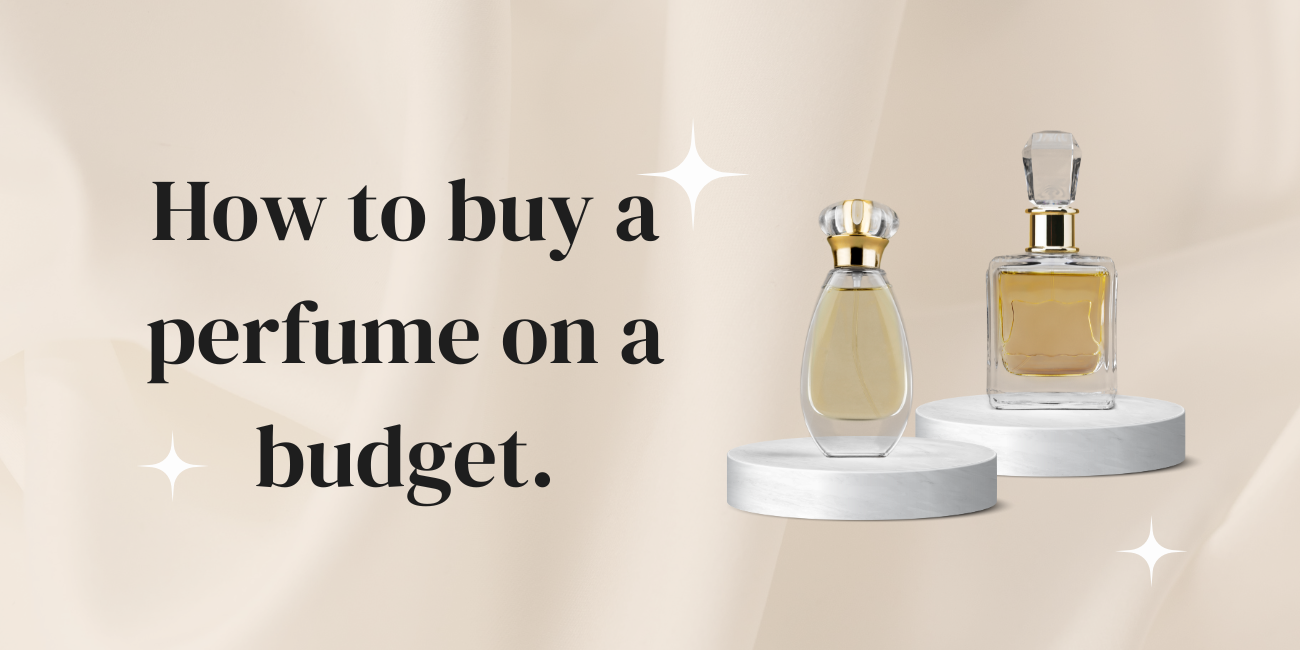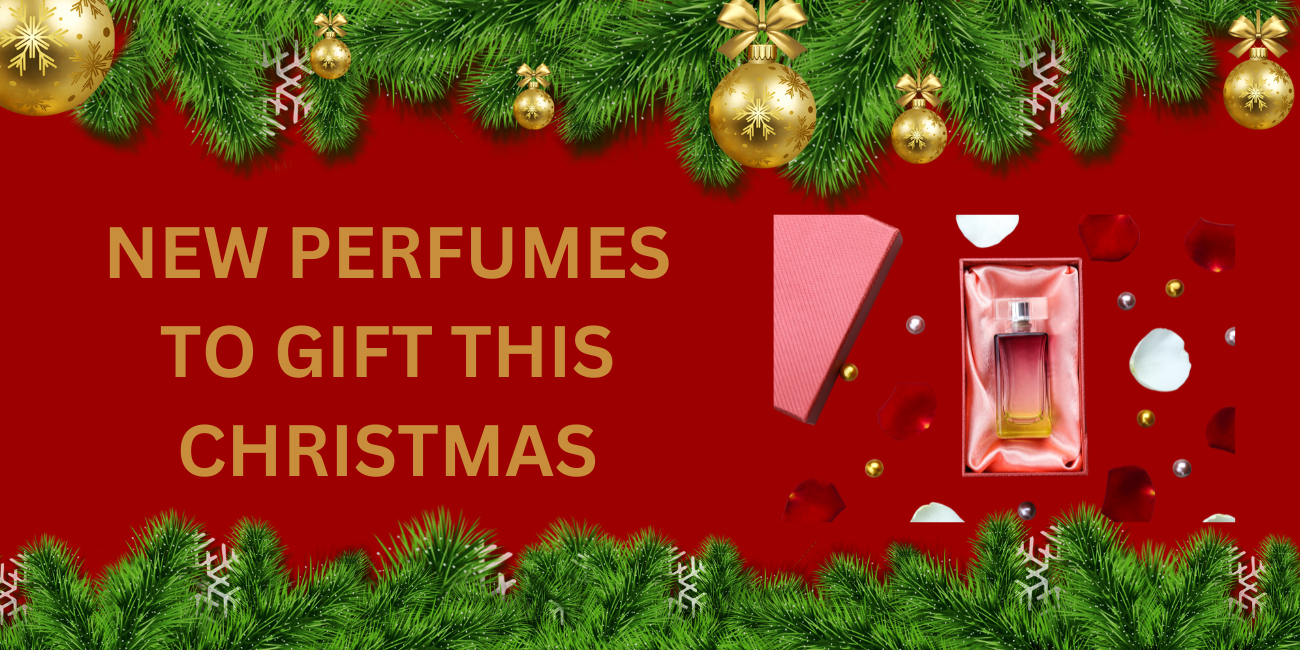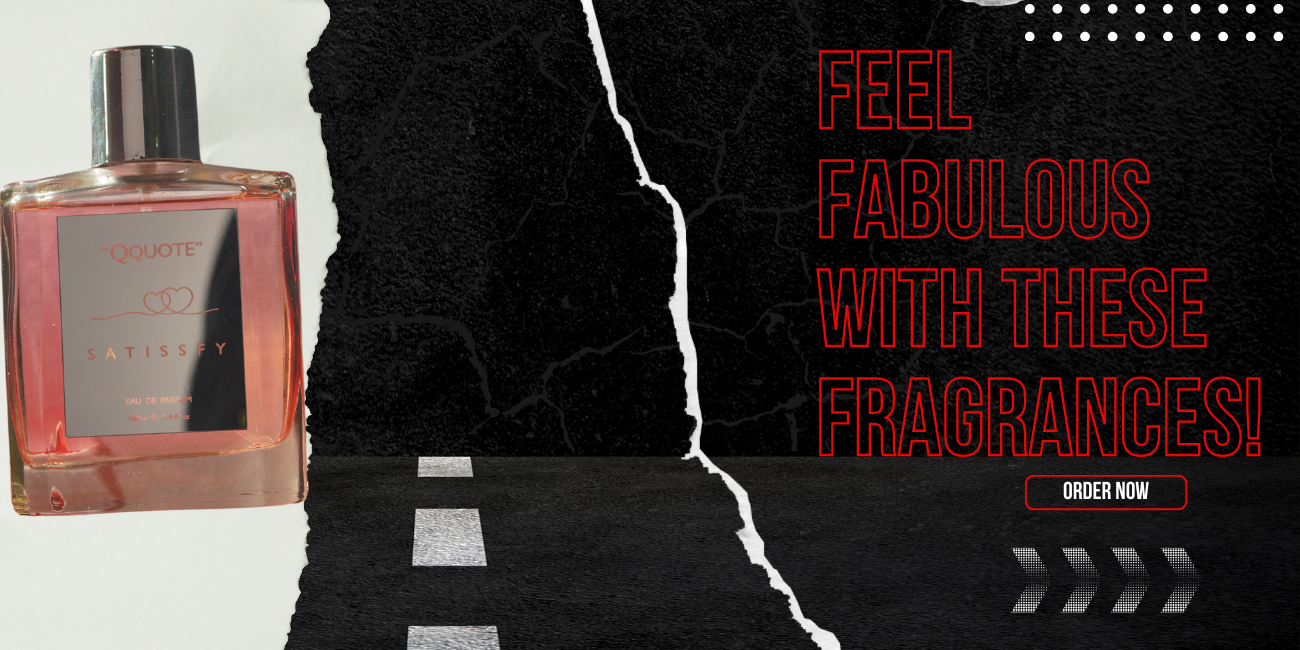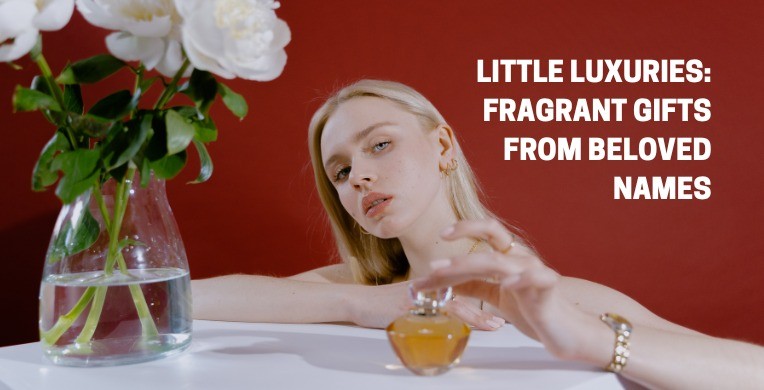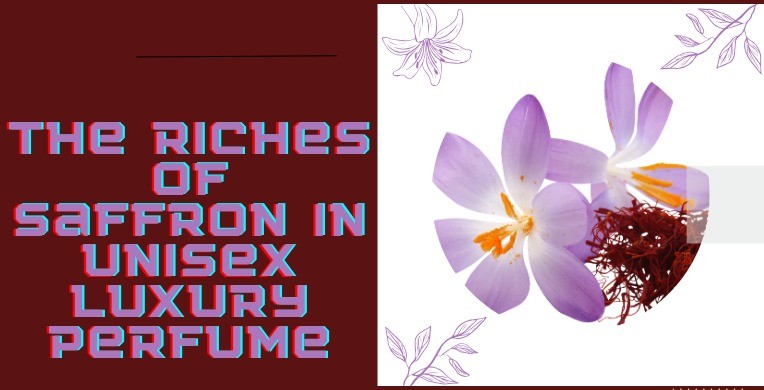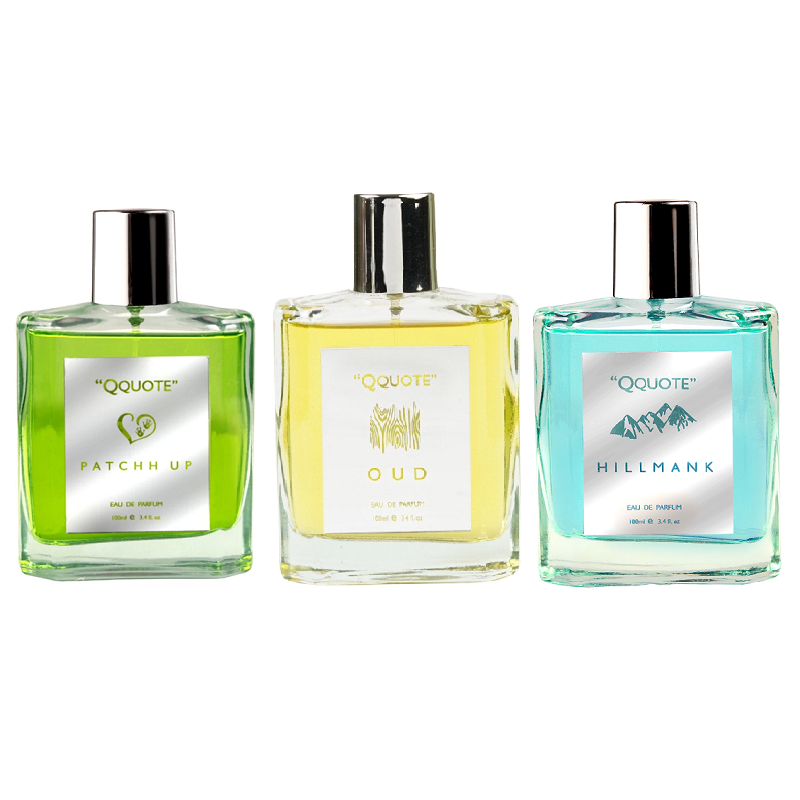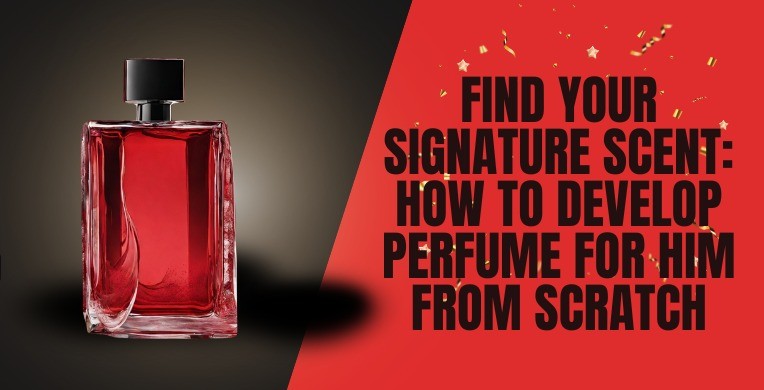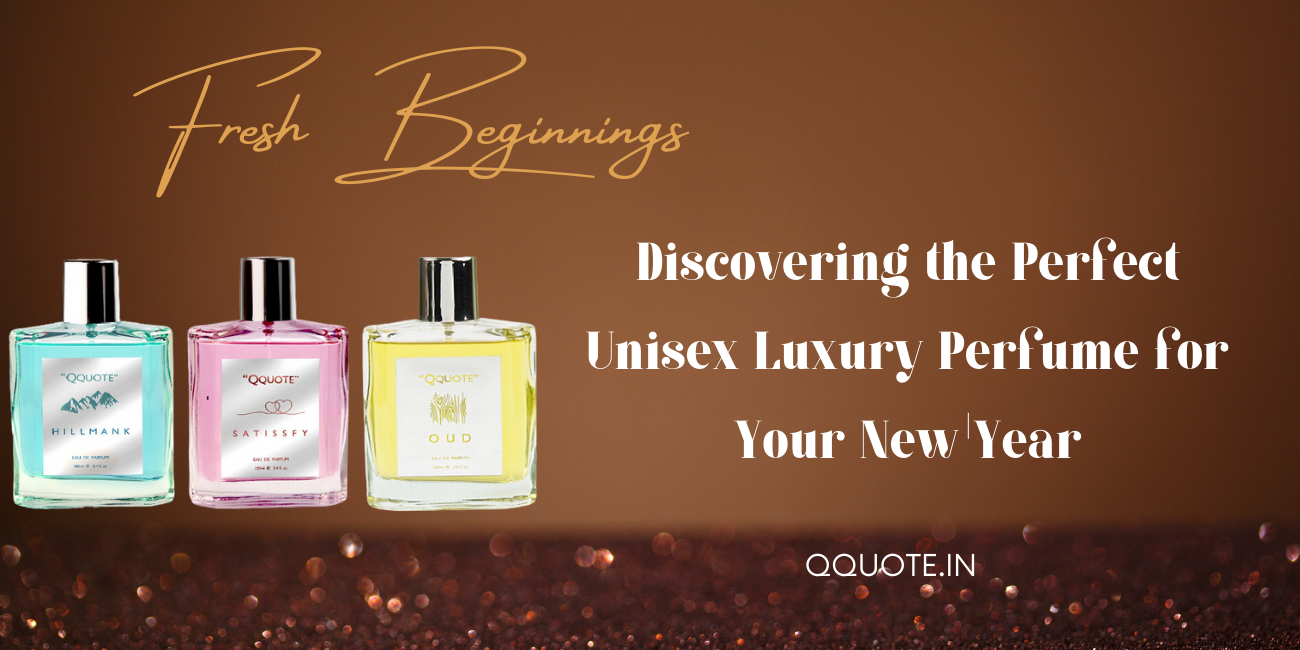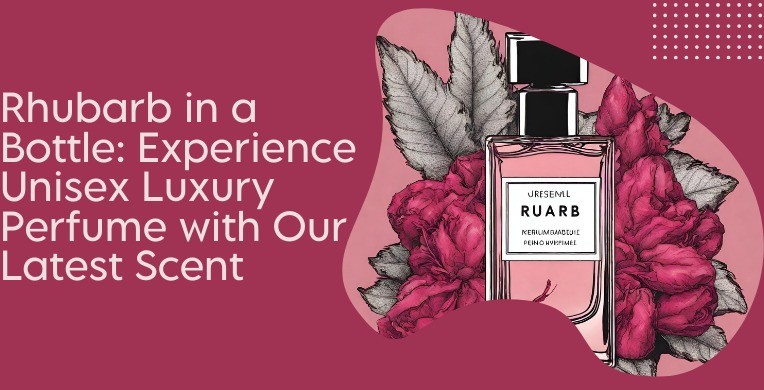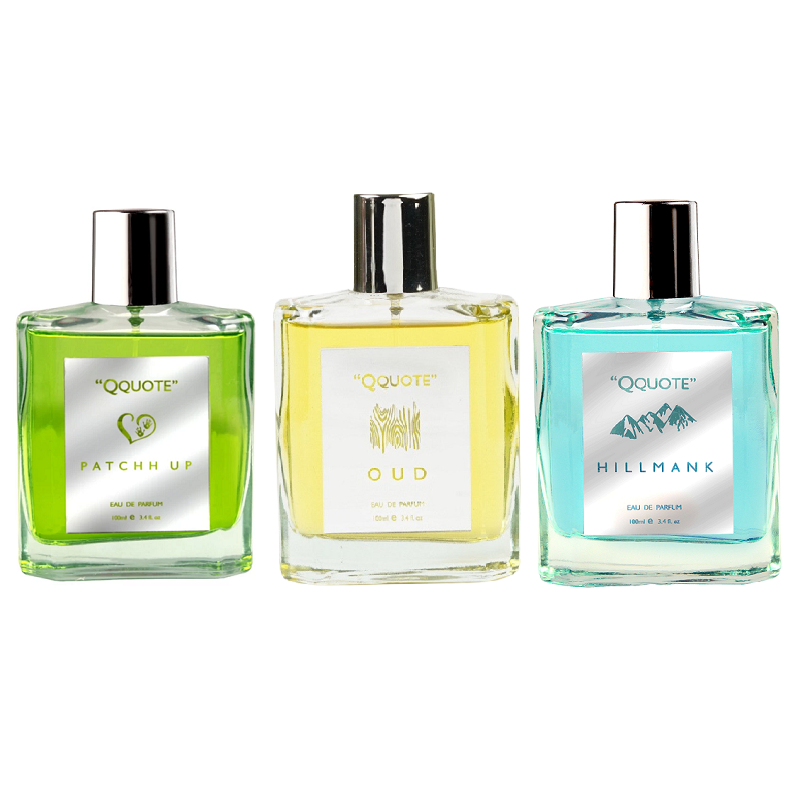Roll Of Saffron in perfume
We will explore the exotic and rich history of saffron. Discover why it is one of the world’s most expensive spices, and discover how its aroma weaves an aromatic spell into the world of perfumery. It ignites passions and enchants senses unlike any other.
Why Is Saffron So Expensive?
The true origins of saffron are shrouded by mystery and may be lost to time.
It is believed that the herb originated in ancient Iran, where it was revered by its inhabitants for its medicinal properties. It was believed to improve mood, libido, and memory.
Early Greek and Roman civilizations used the saffron (red gold) in perfumery. On Rhodes, Greeks would wear pouches of saffron as a masking agent for their body odors.
In the modern world, saffron has become one of the most expensive spices on the planet. A pound of saffron (450 grams) can cost between $500 and $5,000. The labor-intensive harvesting methods are responsible for its exorbitant cost.
The word stigma is used to describe the thread-like structures that are called stigma. They are hand picked from the Crocus sativus flowers.
The saffron flowers contain three stigmata. Once they are removed from the plant and separated, along with their pistils, their flavor and color are preserved through a drying procedure.
One pound of saffron spices is made from only a tiny portion of the flower.
Saffron comes from the Mediterranean and west Asia. Iran is the top producer in the world, but the plant is also grown as a cash crop by Spain, Greece and Morocco, and in the Kashmir region of India.
The older women who work to separate the stigmata of saffron from the flowers of the crocus are usually the ones doing the job. It is a very difficult and tiring job, because it has to be done manually as there are no machines available that can separate the three delicate parts of the flower.
Saffron’s Unique Place In Perfumery
Saffron is a powerful and unique ingredient that cannot be substituted by modern perfume manufacturers like Alpha Aromatics.
The olfactory profile of this fragrance is captivating and striking. Its warm, exotic allure evokes images of the Middle East in the all-seeing mind.
Saffron, which is a fragrant fixative, is often combined with rich vanilla and warm, honeyed amber to create an exotic, luxurious signature fragrance. It is a fixative that is combined with vanilla, warm honeyed amber and lush vanilla to create an exotic, luxurious Signature fragrance.
Saffron is a unique and luxurious scent that has both an earthy and spicy character. It is most commonly found in men’s fragrances, but it can also be found in some women’s.
Our master perfumers are hesitant to include saffron in the fragrance families listed on that iconic wheel because it doesn’t work well with many of them.
This blend is best when combined with notes such as cinnamon, amber, chypre and floral notes, like musky rose or raspberry nuanced Iris.
Facts About Saffron
1. Saffron is Arabic in origin
The official color for the Buddhist robes of India is yellow. This color comes from the Arabic word zafaran.
2. Ancient Rome prized Saffron
Pliny claimed that the public baths and halls of Imperial Rome were frequently scented with saffron. It was also the most commonly manufactured commodity at the time.
3. Saffron is a sterile plant
Reproduction is at best difficult without human involvement. The corm, a bulb-like portion of the stem that is called the stem, is dug up and replanted.
4. Cleopatra bathed in Saffron
The Queen of Nile bathed in mare’s milk infused with saffron, believing that it would bronze her skin and enhance her sexual appeal.
Saffron was also used as a Unisex luxury perfume for the body. The milk contained lactic acids, which were considered to be skin exfoliants.
5. Alexander the Great loved Saffron
The famous ruler of Macedonia soaked in water saffron-infused.
He thought it would heal his wounds. Cyrus the great had taught him about this wonderful ingredient, and with each treatment his faith in it as a cure for healing wounds grew.
He encouraged his entire army to use it.
6. The Theft of Saffron Led to a European War
European nobles and land gentry stole 800 pounds of saffron from a ship bound for Basil, Switzerland in the 1300s.
The war lasted 14 weeks before the shipment was returned.
7. Saffron Standards Vary from Nation to Nation
Each country uses its own standards for saffron classification and evaluation based on the color, aroma and flavor.
Saffron, like many other things and statements in life are not created equal.
The degree of attachment between the yellow stamen and the stigma is what determines the strength or grade.
Understanding and respecting saffron’s quality is important to the master perfumers of Alpha Aromatics.
8. Ancient Greek Myths include saffron
A Greek legend links the Greek Goddess, Aurora, with the saffron flower. Ovid referred to her as the Saffron mother.
Homer says that she spreads her saffron-colored robes to cover and protect the earth.
9. Saffron And Its Medicinal Properties
Saffron, as previously mentioned, is believed to be able to heal wounds. It also contains antioxidants that help cells fight damage and prevent disease.
Some research indicates that the ingredients in saffron may be good for your brain and nervous system. It is used in herbal teas to aid digestion. When applied as a cream for massage, it relieves minor aches.
10. Changing Saffron Used To Be A Crime That Was Punished By Death
In the Middle Ages if a merchant were found guilty of adding foreign materials to saffron that increased its weight and cost, he would be sentenced to death.
Love Affair Diffuser Oil
This sexy, wild fragrance begins with light airy notes.
The facets fade away into a multi-layered heart, with a dry down that is marked by a deep, warm cedarwood, a smooth, inviting saffron, and ethereal, earthy marine ambergris.
Tangelo Tuberose
This alluring fragrance has a head note of spicy, peppery, leafy green, and a light, shimmering, dewy sparkle.
The facets of the flower quickly disappear and are replaced by a heart filled with sweet, intoxicating night blooming jasmine, tropical, spicy plumeria, and powdery woody white iris.
This complex and glorious fragrance is completed by a spicy dry-down of burnt, piquant, charred cloves, heavy, pungent, cumin, and cozy, intimate, saffron.
Wild Saffron and Amber
This floral/fruity bouquet is a refreshing blend of notes including tart, rich, rhubarb and lime zest. It also features the soft, cozy warmth and coziness of saffron.
The heart is herbal with green geranium and rich, banana-nuanced , smooth, sweet lavender, dusty Violet, and intense Jasmine.
The fragrance ends with a dry-down of erotic, musty vetiver and earthy honeyed, amber.
Zanzibar spice and Iris
This floral/spicy blend begins with a potent, spicy, and peppery leafy, green, and a moist, shiny, dewy, sparkle.
The facets of this fragrance soon blend into a heart filled with a sweet, ambrosial jasmine night blooming, a soft plumeria, and a powdery, earthy white iris.
The fragrance is rounded off with a dry down that has hints of spicy charred cumin, aromatic, heavy and warm dried cumin, and soft and intimate saffron.
Conclusion
You can contact our team to find out more about a particular saffron fragrance or new scent for your new product.

